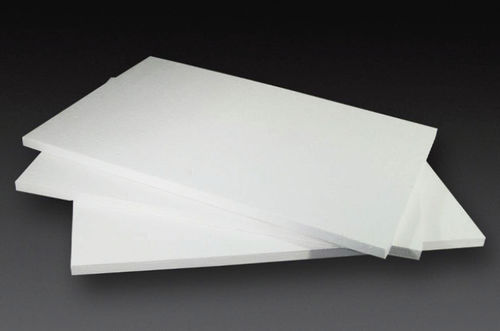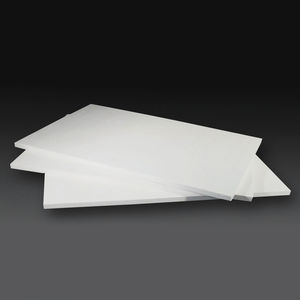
Thermal insulation SUPERMAG
Add to favorites
Compare this product
Characteristics
- Options
- thermal
Description
BOARD COLLECTION
SuperMag boards are rigid, high-temperature bio-soluble fiber boards, manufactured from a wet slurry of fibers and binders. SuperMag boards offer advantages such as low thermal conductivity, uniform density, low heat storage, excellent thermal shock and chemical attack resistance.
SuperMag boards are processed from a low bio-persistent fiber (LBP), manufactured from pure raw materials and processed to offer excellent performance in high-temperature application.
SuperMag boards can be made with inorganic binder (no smoke) formulations to meet your product requirements.
SuperMag boards have excellent chemical resistance to many corrosive agents, except hydrofluoric acid, phosphoric acid and strong alkalis.
SuperMag board is a lightweight vacuum formed product that is made to resist high gas velocities and to provide superior insulation. Our boards perform well under conditions such as mechanical stress, erosion and strong vibration. Vacuum formed boards are ideal for refractory back-up insulation, furnace and oven linings, boiler ducts and stacks. SuperMag boards are easy to handle and install, allowing for very quick turnaround times in application.
Among our variety of SuperMag boards, we have several variations that can suit most specific needs:
Specifically formulated boards that withstand deformation to flame impingement.
Highly machinable and light weight boards.
Inorganic formulations for odor-free/smokeless requirements.
High density products, and high strength boards.
Products with rigidized surfaces and high MOR.
Features:
Low Heat Loss and Storage
Low Thermal Conductivity.
High temperature stability.
Erosion resistance.
Catalogs
SuperMag
3 Pages
Related Searches
*Prices are pre-tax. They exclude delivery charges and customs duties and do not include additional charges for installation or activation options. Prices are indicative only and may vary by country, with changes to the cost of raw materials and exchange rates.






